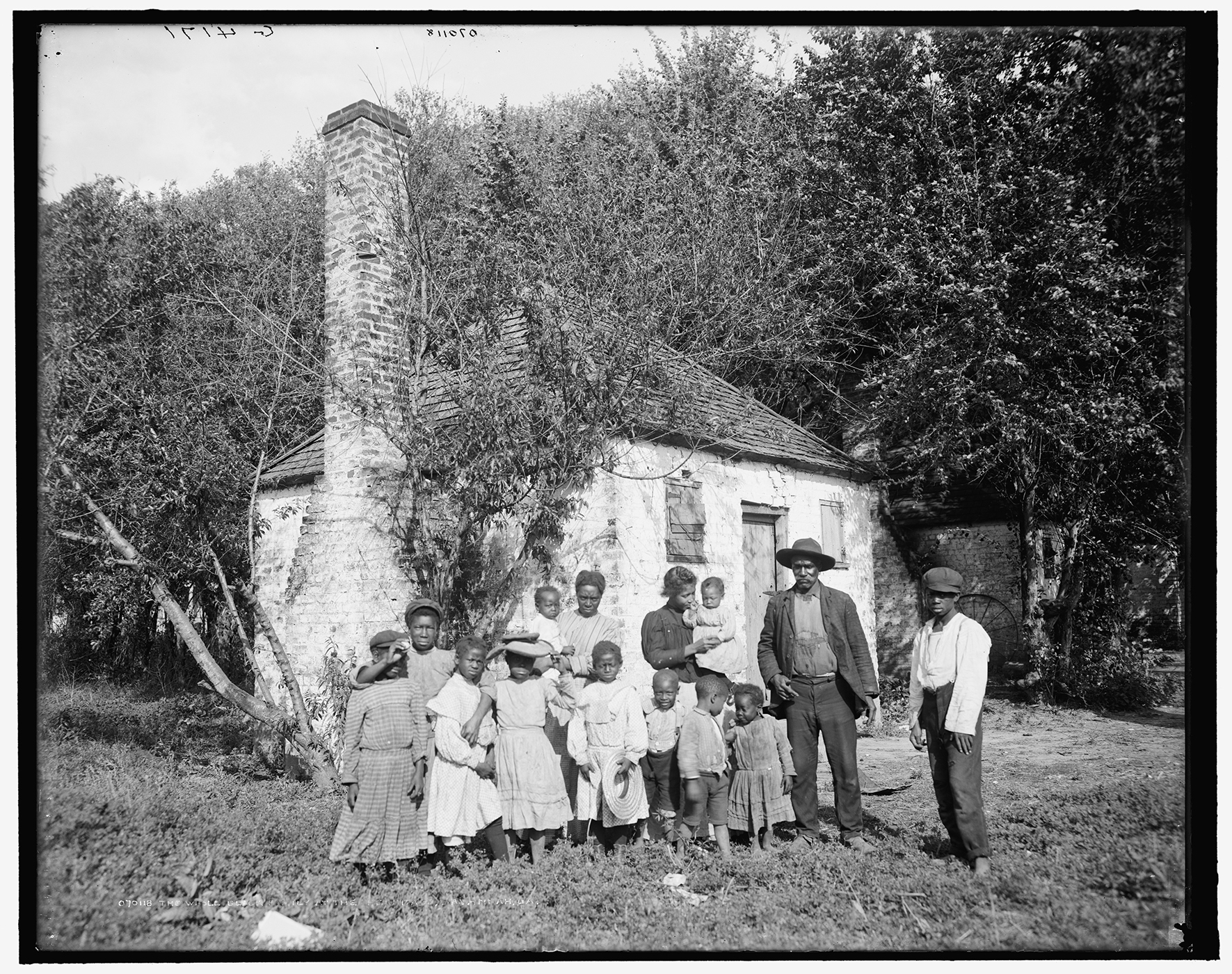From my fieldwork I have been able to identify the following condition types for extant slave houses:
Preserved:
minimal changes have been made to the structure and efforts have been made to sustain the existing form, integrity and materials.
Preserved Slave House at Keswick Plantation, Powhatan County, Virginia.
Left: 1940 HABS photograph, Library of Congress, Prints and Photographs Division.
Right: 2017 SSH photograph.
Stabilized:
structure is being maintained in its current state and repairs are made to prevent further deterioration.
Stabilized Slave House at Kingsley Plantation, Duval County, Florida.
Left: 2005 HABS photograph, Library of Congress, Prints and Photographs Division.
Right: 2014 SSH photograph.
Restored:
structure has been altered so that it depicts a particular period of time in its history, while removing evidence of other periods.
Restored Kitchen-Quarter at Raney House, Franklin County, Florida.
Left: 1962 HABS photograph, Library of Congress, Prints and Photographs Division.
Right: 2014 SSH photograph.
Altered:
structure has been changed significantly from its historic appearance.
Altered Slave House at Effingham Plantation, Prince William County, Virginia.
Left: 1959 HABS photograph, Library of Congress, Prints and Photographs Division.
Right: 2013 SSH photograph.
Rehabilitated:
structure has been given a modern-day function, while retaining some of its historic fabric and character.
Rehabilitated Slave House at the Van Dorn House, Claiborne County, Mississippi.
Left: 1972 HABS photograph, Library of Congress, Prints and Photographs Division.
Right: 2014 SSH photograph.
Reconstructed:
a recreation of what was there historically for interpretive purposes. I may be slightly bias towards this reconstruction because I am the architect of record for its design.
Reconstructed Hemmings Cabin at Monticello, Charlottesville, Virginia.
Left: 2014 SSH exterior photograph.
Right: 2014 SSH interior photograph.
Abandoned:
structure has severely deteriorated, but still retains a significant amount of its historical integrity. Unfortunately, no efforts are being made to preserve what remains.
Abandoned Slave House at Stanford-Burgess site, Stafford County, Virginia.
Left: 2014 SSH landscape photograph.
Right: 2014 SSH photograph.
In Ruins:
structure has deteriorated to the point that preservation efforts would be ineffective.
Slave House in ruins at Prestwould Plantation, Mecklenburg County, Virginia.
Left: 1974 HABS photograph, Library of Congress, Prints and Photographs Division.
Right: 2014 SSH photograph.
Demolished:
no material evidence remains.
Demolished Slave House at the Slade Houses, Bibb County, Georgia.
Left: 1936 HABS photograph, Library of Congress, Prints and Photographs Division.
Right: 2014 SSH photograph.
Building Shadow:
an archaeological feature that manifests as a slight depression in the ground.
Building shadow from a Slave House at Cannon’s Point, Glynn County, Georgia.
Left: 2014 SSH photograph.
Right: 2014 SSH detail photograph.
Archaeological Site:
no structure exists but archaeological activities are being conducted to learn about the people once occupied the house and their activities that occurred there.
Archaeological excavation of a Slave House at Four Mile Tree Plantation, Surry County, Virginia.
Left: 1940 HABS photograph, Library of Congress, Prints and Photographs Division.
Right: 2016 SSH photograph.
Ghosted Structure:
open-air timber frame shells of former slave houses. This house also holds a special place in my heart because I too am the architect of record for its design. This house was constructed by the public alongside master craftsmen and historians during an intensive, hands-on workshop at Montpelier
























